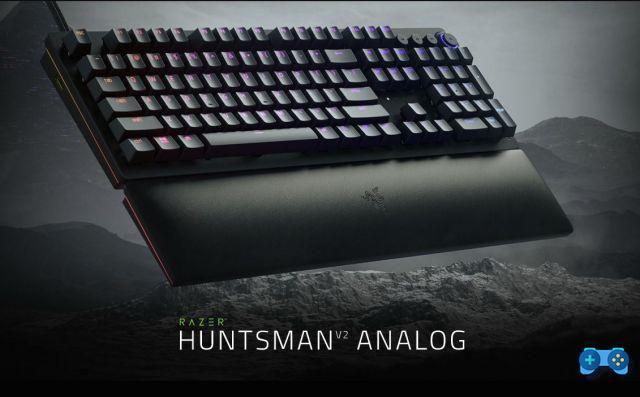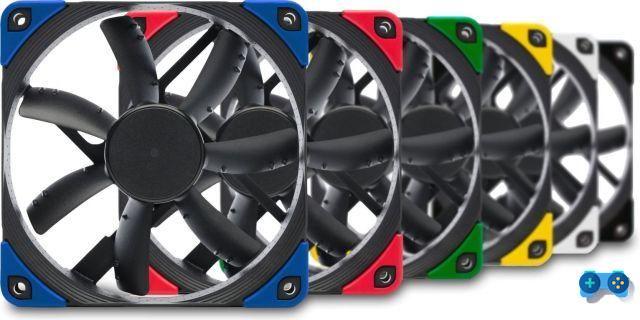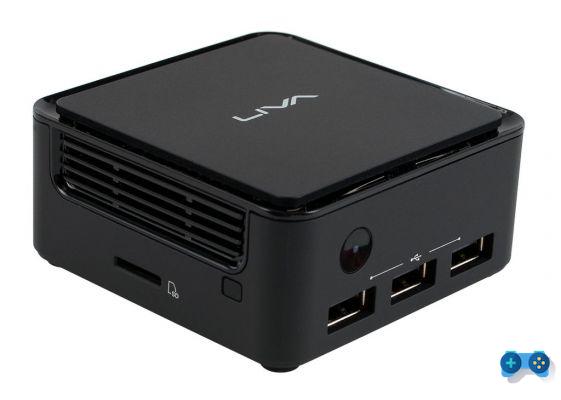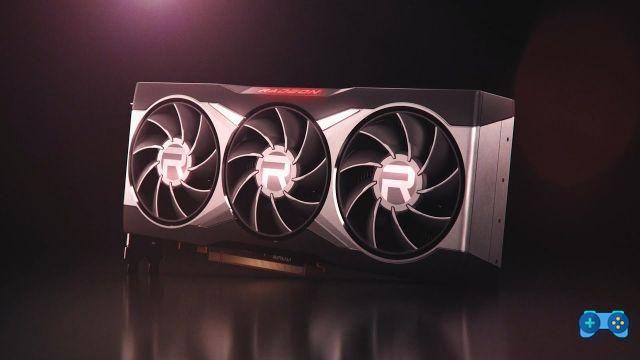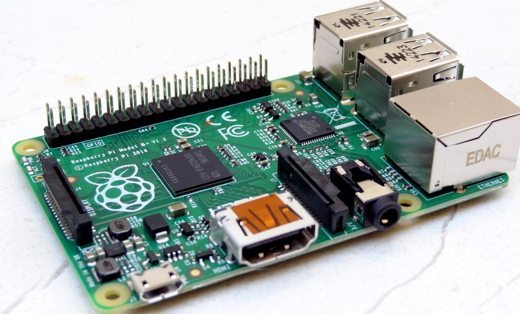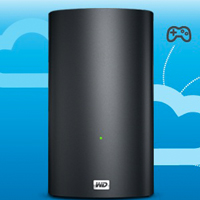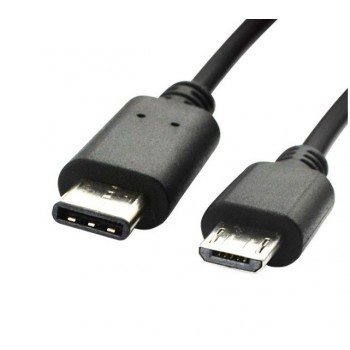A still valid choice.
From the release date to the launch of the new flagship based on MAXWELL architecture, the Gtx 780 TI proudly defended the brand NVIDIA, guaranteeing it the primacy among the best performing cards on the market. The arrival of the GTX 980 and the cheaper GTX 970, instead of turning off the lights on the glorious Kepler architecture, thanks to a price reduction decided by NVIDIA a few days ago, which in the case of the 780ti reaches up to 30%, has made this graphics card single processor even more interesting, even considering the performance not so far from the new flagship NVIDIA, or the GTX 980 and much higher than those of the smaller sister GTX 970, at least in factory configuration.
As gamers, therefore, we decided to put a flaming one to the test ASUS GeForce GTX 780Ti DirectCU II with some of the most interesting titles on the PC market currently, and with some of the most "tough" in terms of hardware requirements, to evaluate whether the choice of a 780Ti can still represent a sensible choice for those who are about to upgrade their PC or buy a new card, perhaps taking advantage of some "sale".
But before moving on to the cold numbers, let's take a closer look at the configuration proposed by ASUS and which, on paper, should guarantee higher performance by about 6%, compared to the reference version.
The GTX 780Ti DirectCU II is equipped with DIRECT CU II architecture, a technology developed by Asus which, by putting the heat pipes (4 of 10mm each) in direct contact with the GPU, guarantees heat dissipation speeds that are approximately 20% higher than to the reference version of the 780TI; all this, combined with the two large fans named Cooltech, which have a small central blower that facilitates the disposal of hot air in all directions, and is able to guarantee even greater silence in critical conditions and better cooling of the board.
The Asus solution thanks to its improved cooling capabilities is able to offer a slightly higher clock at 975 mhz compared to the reference solution, which stops at 875 mhz, without affecting the idle temperatures, which are practically identical to those of the version with lower clock. In addition, thanks to the supplied Asus GPUTweak software, we were able to bring the clock up to 1020 and 1050 without any kind of problem, so much so that we decided to use it as the default configuration, which proved to be very useful, as we will see in the benchmarks. later, to try to "max" the graphics settings of some titles and in particular of Ryse: Son of Rome.
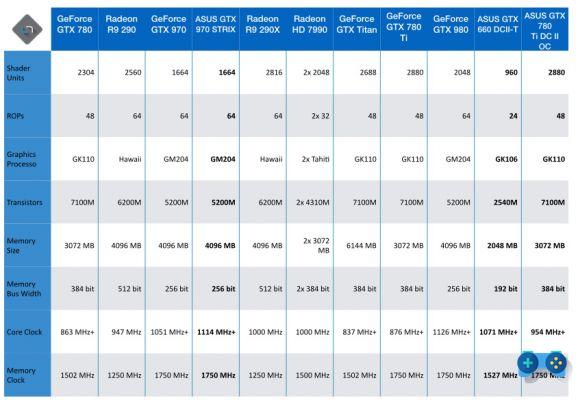
The test machine
Before we begin, here are the specifications of the test machine
ASROCK 970 EXTREME 4
Samsung 840 Pro + WD BLUE 1TB SSD (games installed on the latter)
Cooler Master 700W power supply
The Unigine test
In the test of graphics cards, Unigine is certainly one of the most flexible and popular tools. Thanks to a free version that has practically everything a fan could want, Unigine results and scores have become a de facto standard. Therefore, here are the results on our machine, compared to those made with two rather common cards, always under the NVIDIA brand and branded ASUS, the GTX 660 OC Edition and ASUS Strix 750 Ti OC edition 2, the latter entry level of the maxwell family and of which you can find a review here
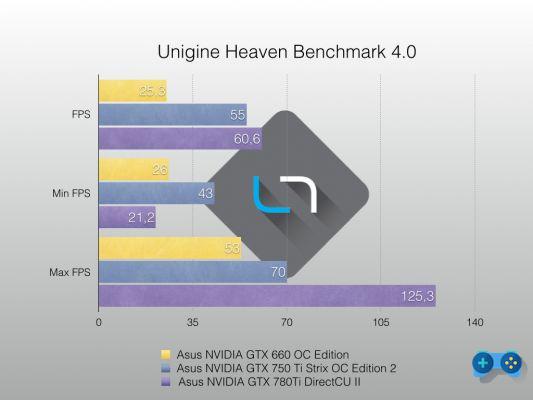
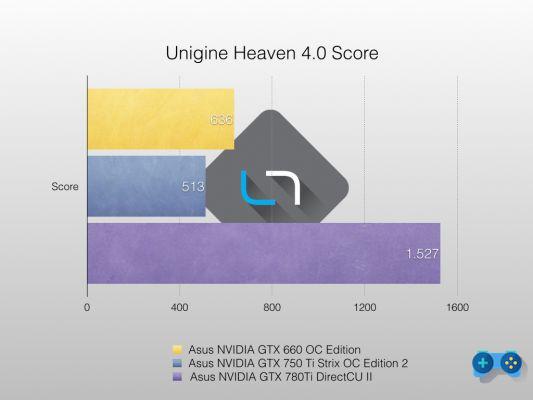
Space for games
Finally the results with the games tested. In particular, our attention was focused on three of the most recent and expensive titles in terms of hardware resources; in particular: Ryse Son of Rome, Shadow of Mordor e Dead Rising 3, and two titles, Metro 2033 e Last light, both contained in the recent bundle Redux, capable of giving, perhaps also due to a bad optimization, a hard time even to the most performing configurations.
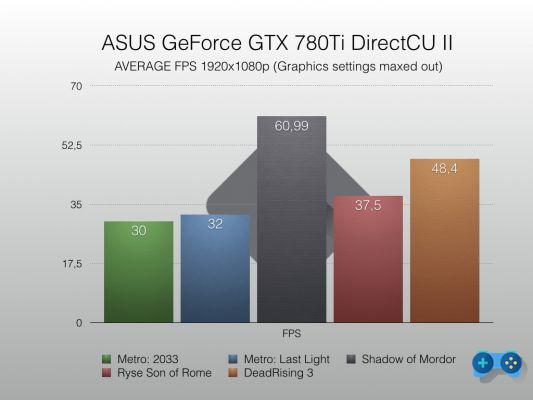




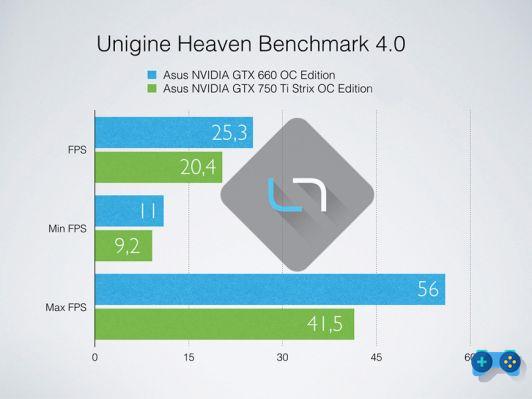

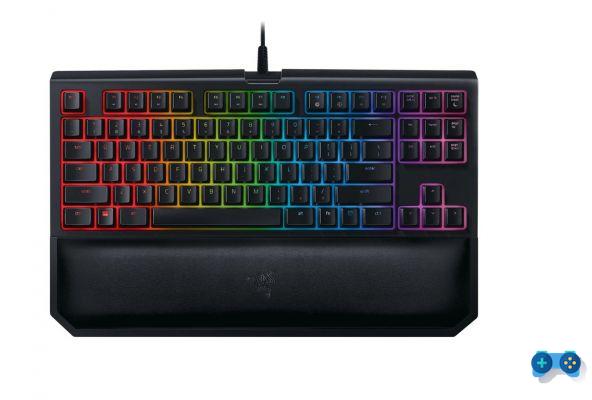

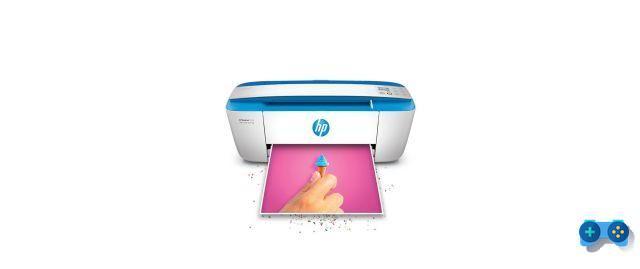
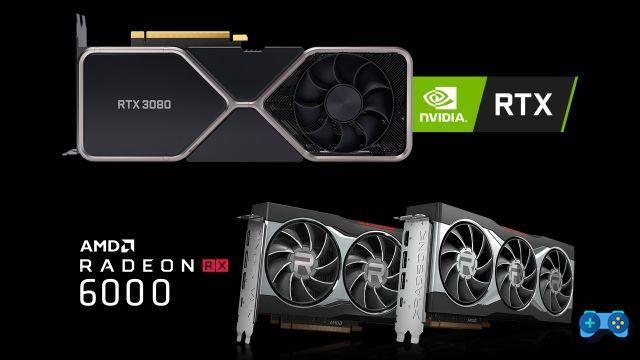
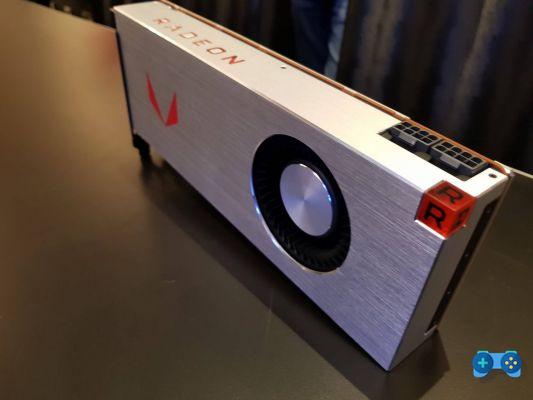

![[Guide] AMD Radeon 6970 bios flash on Radeon 6950](/images/posts/5a4f2e1de64af0ab9157a8720bbd4b54-0.jpg)
